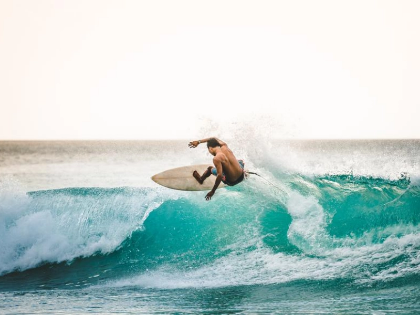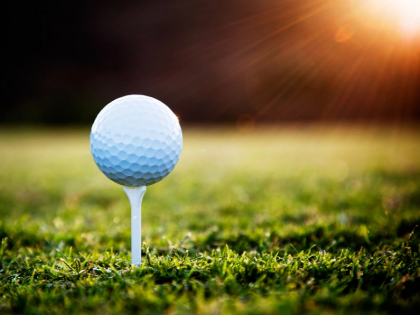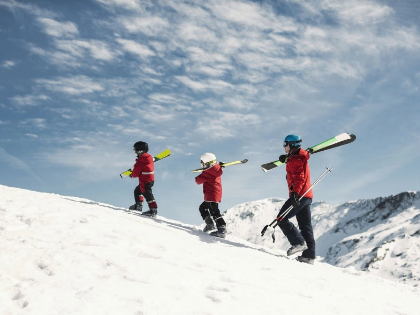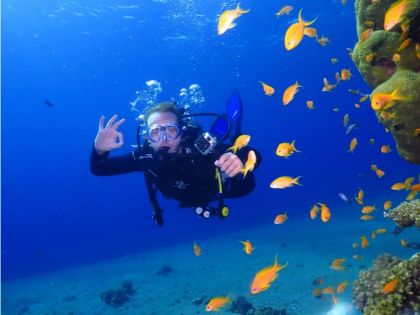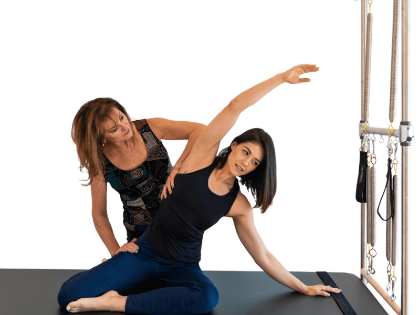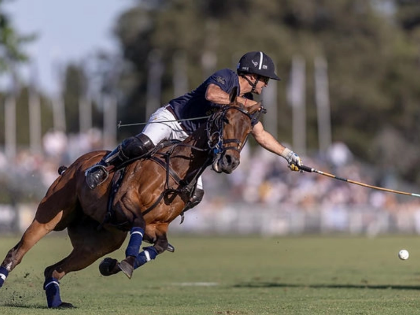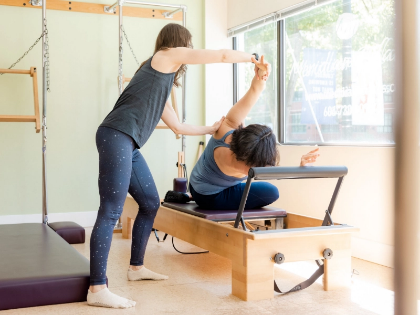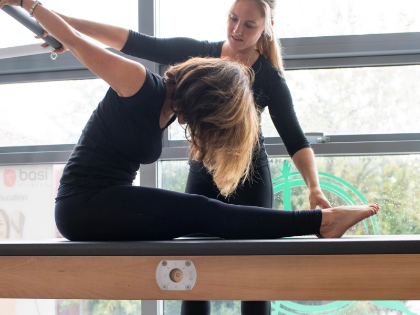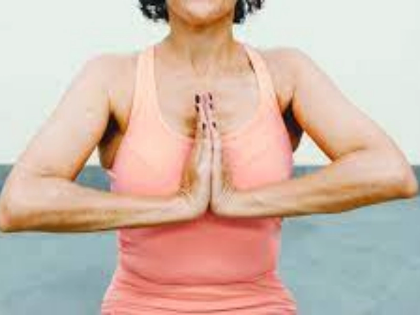Learning the Art of Polo: Strategies for the Royal Sport
Polo is an intriguing sport that blends the depth of team strategy with the grace of equestrian sportsmanship. Developing a wide range of talents is necessary to improve one's performance and take advantage of this thrilling opportunity. Players' mental preparation, including goal-setting, visualisation, and techniques for improving focus, is just as crucial as their physical training and horsemanship.
Cycling
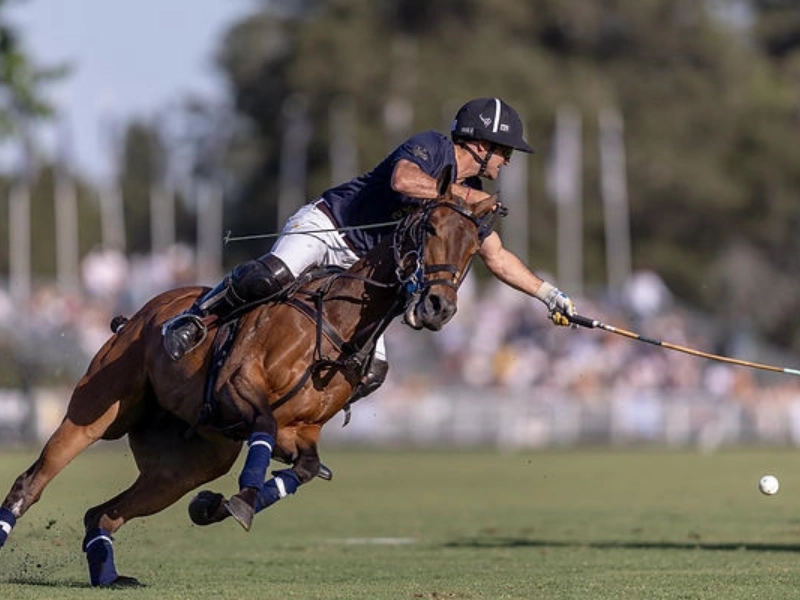
Ball and Stick
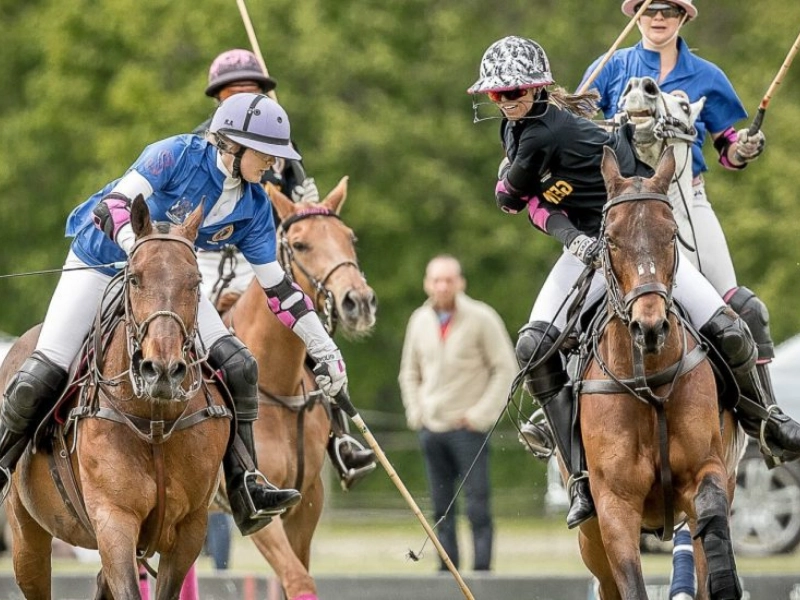 An exciting team sport for riders, polo combines deft riding, deft ball handling, and tactical gameplay. Both novices and experienced players find its distinct fusion of beauty and athleticism appealing. In order to become proficient in this complex sport, prospective polo players should concentrate on a comprehensive training regimen that incorporates mental toughness, physical conditioning, and honing core skills.
Polo players need to stay in exact positions on the pitch and be able to act quickly and strategically under duress when the stakes are high in order to succeed. Success in the game also depends on teammates' ability to coordinate and communicate well.
Use the polo mallet and ball for practice to improve your timing, power, and accuracy. To improve hand-eye coordination and ball movement prediction, incorporate dribbling activities into your riding training. Encourage children to practice safe, low-speed equine manoeuvres like ride-offs and hooking as part of their defensive skills. Additionally, this is a fantastic way to highlight the value of sportsmanship and following the rules of fair play.
An exciting team sport for riders, polo combines deft riding, deft ball handling, and tactical gameplay. Both novices and experienced players find its distinct fusion of beauty and athleticism appealing. In order to become proficient in this complex sport, prospective polo players should concentrate on a comprehensive training regimen that incorporates mental toughness, physical conditioning, and honing core skills.
Polo players need to stay in exact positions on the pitch and be able to act quickly and strategically under duress when the stakes are high in order to succeed. Success in the game also depends on teammates' ability to coordinate and communicate well.
Use the polo mallet and ball for practice to improve your timing, power, and accuracy. To improve hand-eye coordination and ball movement prediction, incorporate dribbling activities into your riding training. Encourage children to practice safe, low-speed equine manoeuvres like ride-offs and hooking as part of their defensive skills. Additionally, this is a fantastic way to highlight the value of sportsmanship and following the rules of fair play.
Setting Up
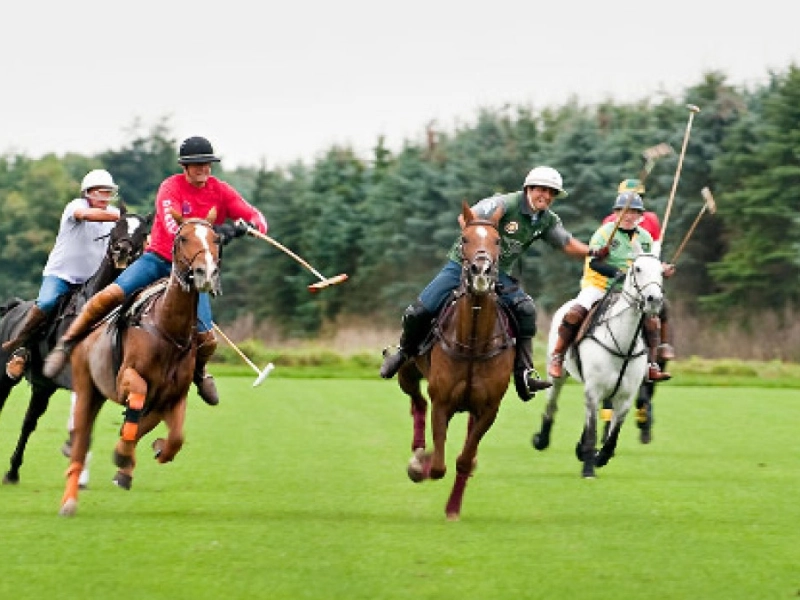 Players that possess a solid awareness of location on the field are better able to manoeuvre and carry out team strategies. These abilities can be strengthened by practicing positioning drills and having open lines of communication with colleagues. Regular horseback riding is also essential for maintaining balance and agility, which helps prevent injuries.
A deft pass fake or a quick shot can distract opponents from the ball and open up scoring opportunities. A player's ability to perform these cunning techniques in actual matches can be enhanced by consistent practice, which is necessary for a successful Polo game.
Polo is a distinct sport that calls for quick strategic thinking in addition to strong physical skill. It's a physically demanding sport as well, so consistency in your training regimen that incorporates strength, flexibility, and cardiovascular endurance is key to increasing your performance. Furthermore, maintaining consistent performance throughout a game and avoiding blunders in the heat of the moment depend heavily on mental toughness.
Players that possess a solid awareness of location on the field are better able to manoeuvre and carry out team strategies. These abilities can be strengthened by practicing positioning drills and having open lines of communication with colleagues. Regular horseback riding is also essential for maintaining balance and agility, which helps prevent injuries.
A deft pass fake or a quick shot can distract opponents from the ball and open up scoring opportunities. A player's ability to perform these cunning techniques in actual matches can be enhanced by consistent practice, which is necessary for a successful Polo game.
Polo is a distinct sport that calls for quick strategic thinking in addition to strong physical skill. It's a physically demanding sport as well, so consistency in your training regimen that incorporates strength, flexibility, and cardiovascular endurance is key to increasing your performance. Furthermore, maintaining consistent performance throughout a game and avoiding blunders in the heat of the moment depend heavily on mental toughness.
Collaboration
 Since polo is a team sport, winning teams are more likely to have cohesive players. Both effective teamwork and the capacity to read and respond to the movements of opponents are essential. Frequent ball-and-mallet practice can enhance hand-eye coordination, and team-based drills that emphasise attacking or defending can highlight the need for concentrating on each player's specific role.
Success in Polo also requires an understanding of its methods and rules. Polo players should learn how to control their stress levels by practicing methods like progressive muscle relaxation and deep breathing. The competitive nature of the sport might cause stress reactions that could impair performance. Ultimately, developing resilience and a growth mentality can be facilitated by accepting the inherent ups and downs of the sport.
Since polo is a team sport, winning teams are more likely to have cohesive players. Both effective teamwork and the capacity to read and respond to the movements of opponents are essential. Frequent ball-and-mallet practice can enhance hand-eye coordination, and team-based drills that emphasise attacking or defending can highlight the need for concentrating on each player's specific role.
Success in Polo also requires an understanding of its methods and rules. Polo players should learn how to control their stress levels by practicing methods like progressive muscle relaxation and deep breathing. The competitive nature of the sport might cause stress reactions that could impair performance. Ultimately, developing resilience and a growth mentality can be facilitated by accepting the inherent ups and downs of the sport.

